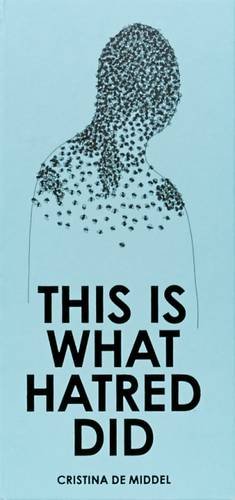Bygone Days, by John Penor and Steven Sebring
Why?
“My friend and frequent collaborator Steven Sebring discovered an extraordinary collection of photographs taken by his grand uncle, John Penor, who was born in 1910 and lived his entire life on his family's homestead in Bison, South Dakota. Penor was a cowboy, but the way he captured the seasonal life of Bison — from rodeos to family gatherings to the epic landscape — shows that he was a natural artist. I’m drawn to the simplicity and authenticity of these moments - so perfectly imperfectly captured. It’s a small miracle that Steven happened upon this long forgotten box of photographs in a drawer to turn it into such a beautiful and meaningful book, which Penor lived to see published at 95 years old. Patti Smith's foreword so eloquently describes Penor’s photographs as “the most heartbreakingly beautiful shots of sandlot baseball I’ve ever seen — makes me feel like time lost was found again.”
Read More
- Kathryn MacLeod, Producer




















